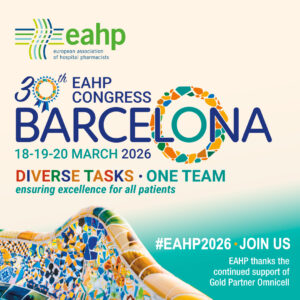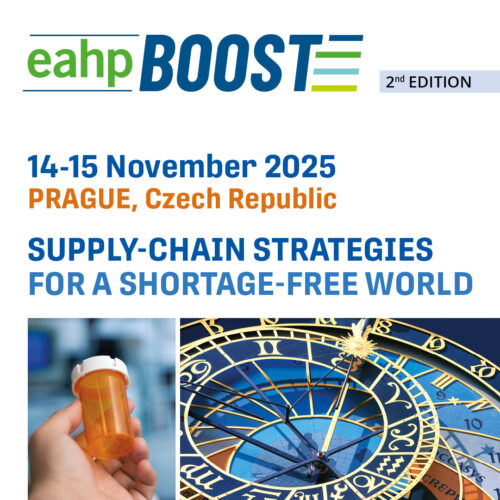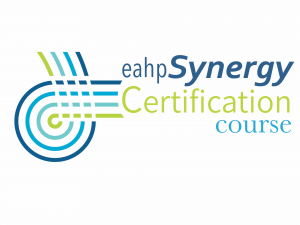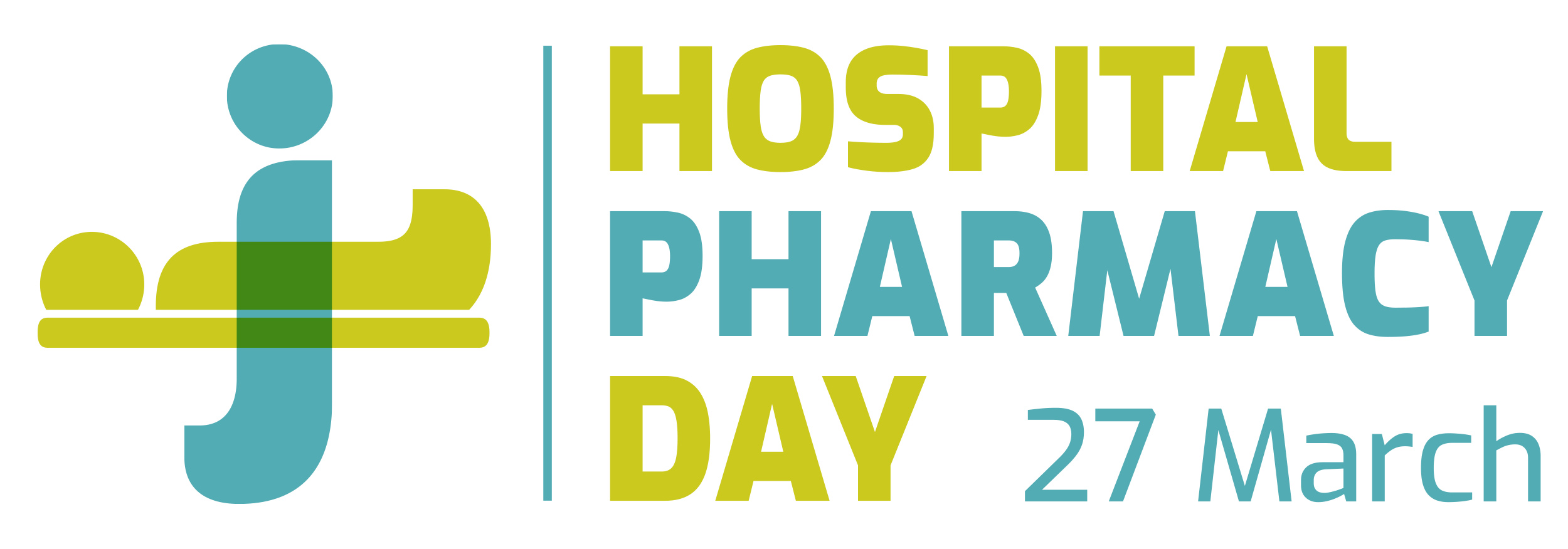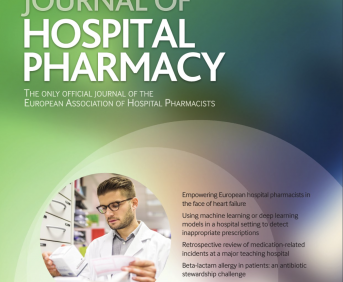Compounding of oral acitretin suspension for paediatric patient with Harlequin Ichthyosis
Pdf

European Statement
Production and Compounding
Author(s)
Giorgio Penocchio, Irene Restivo, Francesca Caravaggio, Carla Galloni, Tullio Elia Testa
Why was it done?
Harlequin ichthyosis (HI) is a rare congenital disorder of keratinisation characterised by hyperkeratosis and scaling, often associated with underlying inflammation. On 18 April 2022, a newborn diagnosed with HI was hospitalised and clinicians have established, among other procedures and therapies and after dermatological consultation, the prescription of acitretin per os (1 mg/kg/d). However, the drug is not available in an appropriate dosage and formulation for a newborn with orogastric tube. The aim of this report is to show the development of an oral suspension of acitretin that allows the administration by orogastric tube.
What was done?
This case report presents the development of an extemporaneous preparation of acitretin from the commonly available capsule form. The drug was dispensed to nurses in prefilled syringes and administered enterally through the orogastric tube to treat a preterm neonate with a diagnosis of Harlequin ichthyosis.
How was it done?
In consideration of the teratogenic risk and extreme photosensitivity, the oral suspension was prepared without direct light under a biological safety cabinet. A 2 mg/mL 10 mL oral suspension was prepared from two capsules of 10 mg acitretin and using 10 mL of a suspending agent based on water, microcrystalline cellulose, sodium carboxymethylcellulose, xanthan gum, carrageenan, stabilising agents and preservatives The procedure involves attaching the Luer lock syringe to the arm with a clamp, capping with a combi-stopper and emptying the contents of the capsules required, transferring the powder quantitatively. Next, add the suspending agent to reach the final volume of 10 mL, close the end of the syringe with the plunger, connect a second syringe using a connector and mix by transferring the contents from one to the other.
What has been achieved?
The suspension was packaged in pre-filled syringes based on the required dose, closed with combi stoppers and placed in a UV bag. Given the lack of stability data, the validity period conferred was 5 days with storage at 2-8°C. The suspension was administered by attaching the syringe to the nasogastric tube and then washing down with water, limiting invasive procedures and consequently the associated skin infections.
What next?
Magistral galenic preparation made it possible to obtain a personalised therapy for a critical patient. Clinical galenics, put into practice thanks to the experience of the preparer pharmacist, represented the only possibility of treatment.
Initiative to introduce database of compounded pharmacy preparations at the University Hospital Centre Zagreb
Pdf

European Statement
Production and Compounding
Author(s)
Mateja Ljubičić, Mirela Sadiković Tvorić, Mirela Ganza, Mirna Alebić
Why was it done?
Minimising quality and safety differences between commercially available medicines and compounded pharmacy preparations depends on the pharmacists’ professional education and skills. The purpose of this initiative is to specify the most common pharmacists’ adjustments of the commercially available medicines and to determine the level of quality assurance and safety measures which should be applied to the hospital pharmacy throughout planning the procurement of installations and equipment.
What was done?
Our existing computer system does not have the ability to provide information on the compounded pharmacy preparations made in the hospital pharmacy from raw material or commercially available medicines. We have introduced a database for keeping up-to-date records of pharmacy preparations compounded by pharmacists for special needs of paediatric population in the University Hospital Centre Zagreb in a period of 6 months.
How was it done?
The following information on pharmacy preparations were added to the new database: dosage form, dosage strength, shelf life and serial number of the commercial drug or raw material that was used; patient data: name and hospital department unit; and identification of the pharmacist. Data was structured as presented in Table 1. and Table 2.
Pharmacists’ adjustments Total Number
dosage strength Oral divided powders (DPs) 628
dosage form Extemporaneous oral liquids 473
In total 1101
Preparations with HD Aseptic processing Containment Complexity of process
0.05% Cyclosporine eye drops + + 2
1% 5-FU eye drops + + 2
1% Voriconazole ear drops – + 1
Vemurafenib DPs – + 1
Imatinib DPs – + 1
Capecitabine DPs – + 1
Hydroxycarbamide oral suspension – + 1
Tretinoin oral solution – + 1
What has been achieved?
Keeping up-to-date records improved the traceability inpatient care and reduced the incidence of adverse events. Specific requirements for procurement of equipment for aseptic processing and containment of Hazardous Drug (HD) were successfully recognised.
What next?
Harmonisation of standards of pharmacy preparations throughout the country could be enabled by creating a national portfolio of preparations from all hospital pharmacies. This initiative of creating an overview of the pharmacy preparation practice should be considered in other hospitals to guide the pharmacy departments in the developing quality assurance programme.





